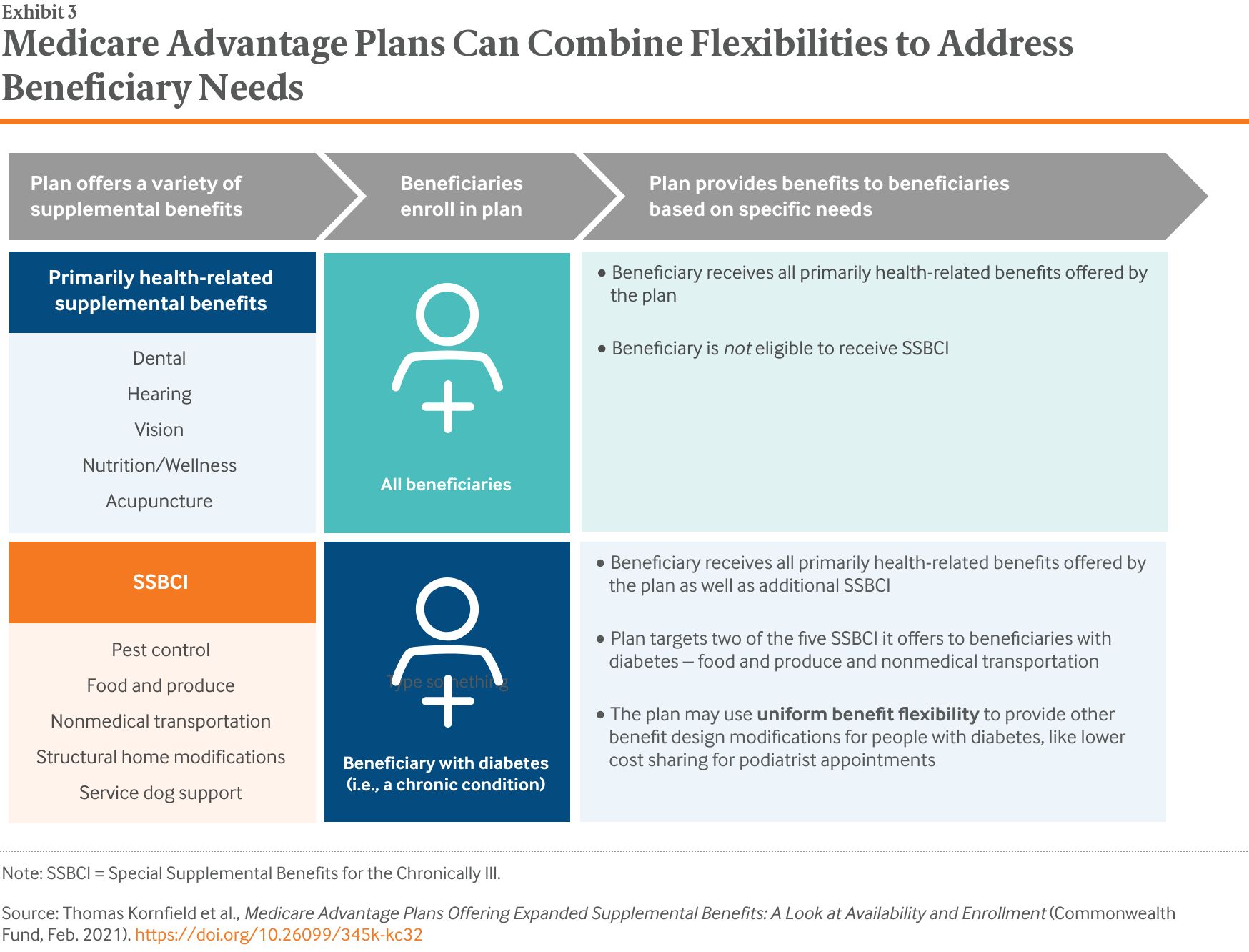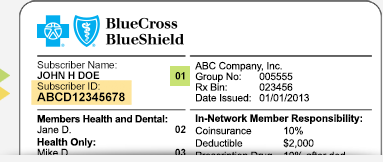There's an old joke about insurance: What do medical facility dress and insurance plan have in typical? You're never ever covered as much as you believe you are. If you cracked a smile recently, it's only because that joke has more truth than humor. We've all questioned the value of insurance coverage at some time, whether it's automobile insurance coverage, life insurance coverage, or health insurance coverage. However one of the biggest mysteries of the insurance coverage market is long-term care insurance. When you start buying long-lasting care insurance coverage, you'll recognize quickly that it's costly and complex. And that can leave you wondering whether this form of protection is worth it.
Long-lasting care insurance can add value in particular situations, depending on the protection, along with your net worth, your age, and your health history. Prior to you can completely examine how long-lasting health insurance coverage would suit your life, however, it's smart to master the fundamentals of how this coverage works. Long-term care insurance, also understood as long-lasting health insurance coverage, specifically pays for personal and custodial care expenses related to a chronic condition. Personal and custodial care services are created to assist you with activities of everyday living, also called ADLs, such as eating, bathing, and dressing. The most common providers of these services are house health assistants, adult day cares, and retirement home. How much is mortgage insurance.
Most Americans over the age of 65 count on Medicare for their medical insurance. Medicare, nevertheless, does not spend for custodial care services. Medicaid does, however just impoverished people certify. For those reasons, many people who need long-term care end up moneying those costs out of their own pockets - What is title insurance. And this is no little cost. Have a look at 2020 mean costs for different types of custodial care, forecasted by insurance company Genworth: Grownup daycare: $1,674 per month Home health assistant: $4,517 each month Assisted living: $4,173 monthly Semi-private room in a retirement home: $7,738 monthly Personal room in a retirement home: $8,773 per month As you can see, even a short stint in a retirement home without the aid of long-lasting medical insurance might quickly undermine your monetary scenario.
As is often the case with insurance, the more robust the coverage, the higher the premiums. Custodial care is expensive, which makes long-lasting care insurance pricey, too. According to the 2019 Milliman Long Term Care Insurance Survey, individuals who bring long-lasting health protection pay, typically, $2,169 in premiums each year. That number does not imply much up until you understand what you get in return for those premiums. Your long-term care policy gives you access to a "pool of advantages," likewise referred to as the lifetime benefit. The pool of advantages on a long-term care policy is the quantity the insurance provider will pay on your behalf.

Daily or regular monthly advantage. This is the maximum the insurance provider will pay for covered services, expressed as a daily or monthly value. Say you have long-term care insurance with a day-to-day advantage of $150. If your private nursing house space costs $300 daily, you can tap the insurance for $150 and you 'd pay the rest. Benefit period. The advantage period is the period of time your insurance provider will pay your day-to-day or monthly advantage. A policy with a three-year advantage pays out the daily advantage for 1,095 days. When you use those days, you no longer have coverage. Likewise, you do not need to utilize your advantage period consecutively.
Some Ideas on What Is Comprehensive Insurance You Need To Know
You 'd then have 1,065 days left, which you could use next week or 20 years from now as long as you keep paying your premiums. The pool of advantages is computed as your day-to-day advantage, increased by the variety of days in your advantage duration (What does liability insurance cover). For example, let's take a policy with an everyday advantage of $150 and an advantage duration of three years. Multiply the $150 by 1,095 days, which translates to a preliminary swimming pool of advantages of $164,000. As you 'd expect, the day-to-day benefit value and the benefit period both affect the premiums. A higher everyday advantage or longer advantage duration will cost you more.
These are inflation protection and the waiting duration. Inflation protection. Inflation defense is an integrated annual boost to your swimming pool of benefits. Going back to our $164,000 policy example, let's say this insurance has a 3% yearly inflation adjustment. After 25 years, that policy's overall benefit would have to do with $343,380. The inflation adjustment impacts your day-to-day benefit, but not the advantage period. Waiting period. The waiting duration is https://www.trustpilot.com/review/timesharecancellations.com the duration you are accountable for your care costs prior to your insurance kicks in. The waiting period starts when you initially need custodial care. For instance, say you keep the services of a full-time house health aide on September 1.
You won't have access to your everyday benefit till October. Waiting periods can be zero to 90 days or more. Policies might likewise define different waiting periods for various kinds of care. A shorter waiting period usually indicates a higher premium. Beyond the coverage choices you pick, your demographics likewise affect the cost of your premiums. Secret aspects consist of age, health, gender, and marital example letter to cancel timeshare status. Age. More youthful people pay less than older individuals. Health. Regretfully, if you're in poor health today, you might not even be a prospect for protection. And even if your health is great today, any family history of chronic health issue will push your premiums higher.
Gender. Women are most likely than guys to require long-lasting care, so women pay greater premiums. Marital status. Couples pay less for coverage than single people. Couples also have access to policies with a shared advantage swimming pool, implying one partner could utilize the other's advantages if needed. You will not understand just how much a long-term care policy will cost you until you get a quote. But a take a look at typical premiums can show you how demographics and various benefit durations impact the rates. The table listed below shows average policy costs for a single man, single woman, and a couple with comparable protection levels.

Long-lasting care insurance coverage actions in if you develop a health condition that requires you to receive care and guidance. This could mean home healthcare, nursing house care or personal or adult daycare. Many individuals incorrectly believe that Medicare or Medicaid would cover their care expenses, however this is frequently not the case. Without long-term care insurance in place, you might burn through your life savings or have no choice but to depend on a member of the family for care. Long-lasting care insurance coverage deserves it since it safeguards your properties, spares your family from monetary and emotional stress, and puts you in control of your health choices.